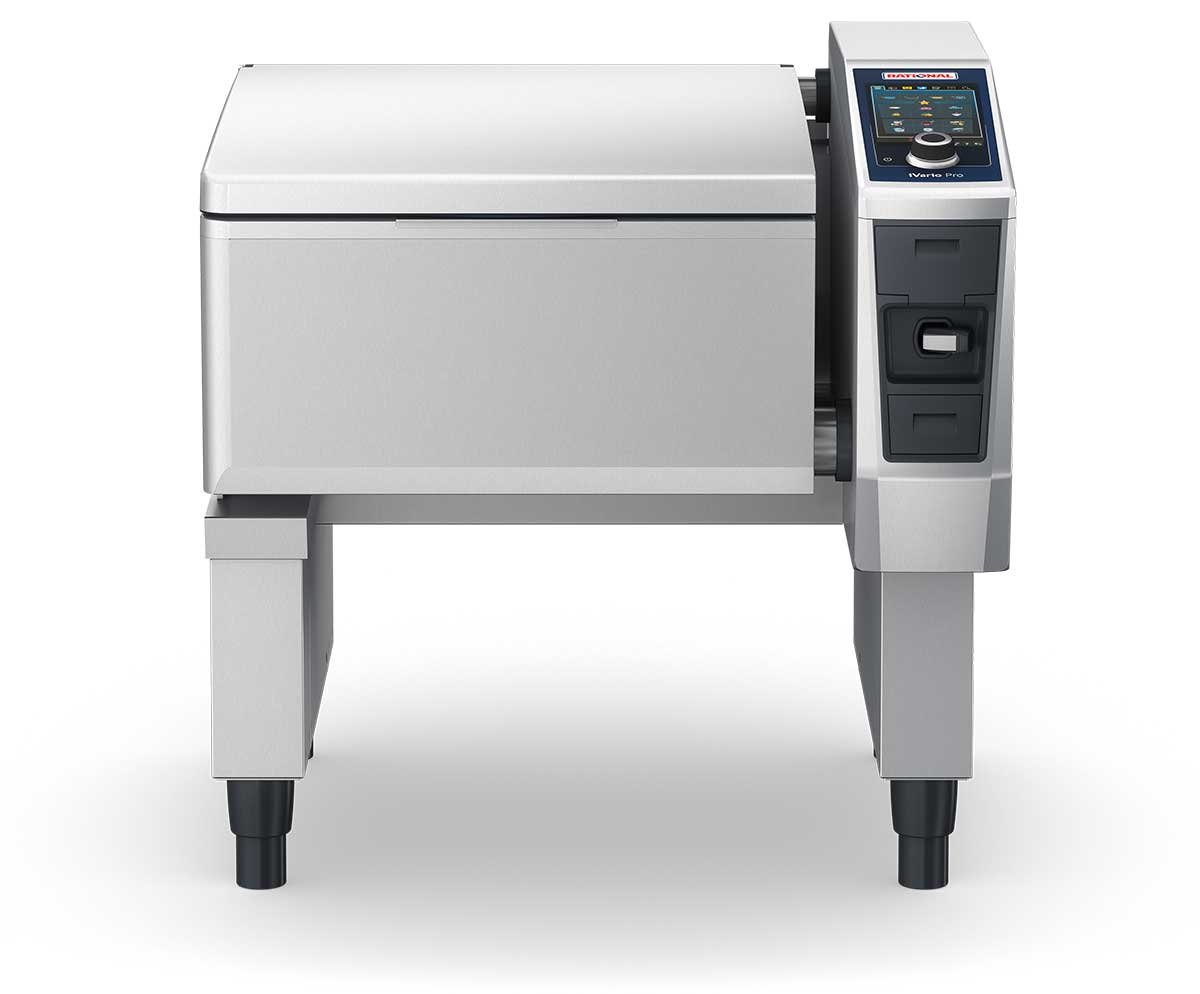Sustainable Practices in Commercial Kitchens: Reducing Waste and Increasing Efficiency
Sustainability has become a pressing priority across industries, and commercial kitchens are no exception. Implementing sustainable practices not only helps protect the environment but can also lead to significant cost savings and operational improvements. This article explores how commercial kitchens can adopt eco-friendly methods to reduce waste and increase efficiency while maintaining high standards of food quality and service.
Why Sustainability Matters in Commercial Kitchens
Commercial kitchens are significant contributors to food waste, energy consumption, and carbon emissions. From excessive food wastage to high energy usage from kitchen equipment, these operations often have a large environmental footprint. By adopting sustainable practices, businesses can:
Reduce operational costs by minimising waste and optimising energy use.
Improve their reputation among environmentally conscious consumers.
Contribute to global efforts to combat climate change by lowering carbon emissions.
Key Strategies for Reducing Waste
1. Conduct a Waste Audit
The first step towards sustainability is understanding where waste occurs. A waste audit helps identify sources of food waste, packaging, and other inefficiencies. By analysing waste streams, kitchens can implement targeted measures to reduce waste.
2. Implement Portion Control
Overproduction and oversized portions are common culprits of food waste in commercial kitchens. Using portion control tools, such as standardised serving sizes and calibrated equipment, ensures consistency and reduces unnecessary waste.
3. Improve Inventory Management
Efficient inventory management helps prevent over-ordering and food spoilage. Adopting a first-in, first-out (FIFO) system and using digital inventory tools can minimise waste and save costs.
4. Donate Surplus Food
Instead of discarding surplus food, kitchens can partner with local charities and food banks to donate edible leftovers. This not only reduces waste but also supports community welfare.
Enhancing Energy Efficiency
1. Upgrade to Energy-Efficient Equipment
Investing in energy-efficient appliances, such as refrigerators from True Refrigeration, dishwashers and ovens, can significantly reduce energy consumption. Look for equipment certified by programmes like Energy Star or those with high energy ratings in the UK.
2. Optimise Ventilation Systems
Proper maintenance of kitchen ventilation systems is essential for energy efficiency. Ensure ducts and vents are clean and free of obstructions, and consider installing energy recovery ventilators to reduce heating and cooling costs.
3. Use LED Lighting
Switching to LED lighting is a simple yet effective way to reduce energy use. LEDs consume less power, last longer, and produce less heat, making them ideal for commercial kitchens.
4. Monitor Energy Usage
Smart energy monitoring systems provide real-time data on energy consumption, enabling kitchens to identify inefficiencies and optimise operations.
An example of exploiting lower energy tariffs overnight, is by utilising a low temperature cooking device, such as the iVario from Rational, which can be left unsupervised.
Sustainable Sourcing Practices
1. Choose Local and Seasonal Ingredients
Sourcing local and seasonal produce reduces the environmental impact of transportation and storage. It also supports local farmers and ensures fresher ingredients.
2. Reduce Packaging Waste
Opt for suppliers that use minimal or biodegradable packaging. Where possible, buy in bulk to reduce the amount of packaging waste generated.
3. Emphasise Plant-Based Menu Options
Incorporating plant-based dishes can reduce the carbon footprint associated with meat and dairy production. Offering these options appeals to eco-conscious consumers and contributes to sustainability goals.
Measuring and Reducing Carbon Footprint
1. Conduct a Carbon Audit
A carbon audit helps quantify the environmental impact of your kitchen operations. Understanding your carbon footprint is the first step to implementing effective reduction strategies.
2. Offset Emissions
Consider investing in carbon offset programmes to balance unavoidable emissions. These could include tree-planting initiatives or renewable energy projects.
3. Employee Training and Engagement
Educating staff on sustainable practices and involving them in waste reduction and energy-saving efforts fosters a culture of sustainability. Simple measures, such as turning off equipment when not in use or properly separating recyclables, can make a significant difference.
The Benefits of Going Green
Adopting sustainable practices in commercial kitchens is not just about meeting environmental goals. Businesses can also enjoy tangible benefits, such as:
Cost Savings: Reduced waste and energy consumption lead to lower operational costs.
Customer Appeal: Eco-conscious consumers increasingly prefer businesses that demonstrate environmental responsibility.
Regulatory Compliance: Adhering to sustainability standards ensures compliance with current and future regulations.
Improved Employee Morale: Staff are more likely to take pride in working for a business that values sustainability.
Final Thoughts
Sustainability in commercial kitchens is both a necessity and an opportunity. By reducing waste, improving energy efficiency, and sourcing responsibly, businesses can lower their environmental impact while reaping financial and reputational rewards. Implementing these strategies may require an initial investment, but the long-term benefits make the effort worthwhile. Start small, measure progress, and build a greener future for your kitchen.



